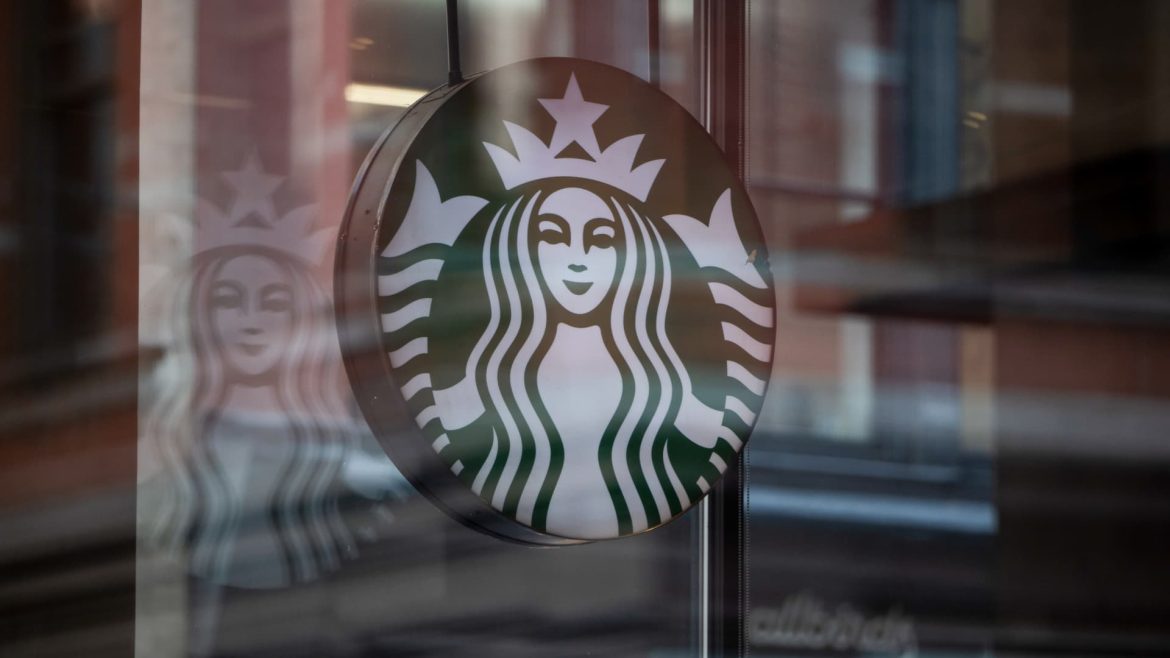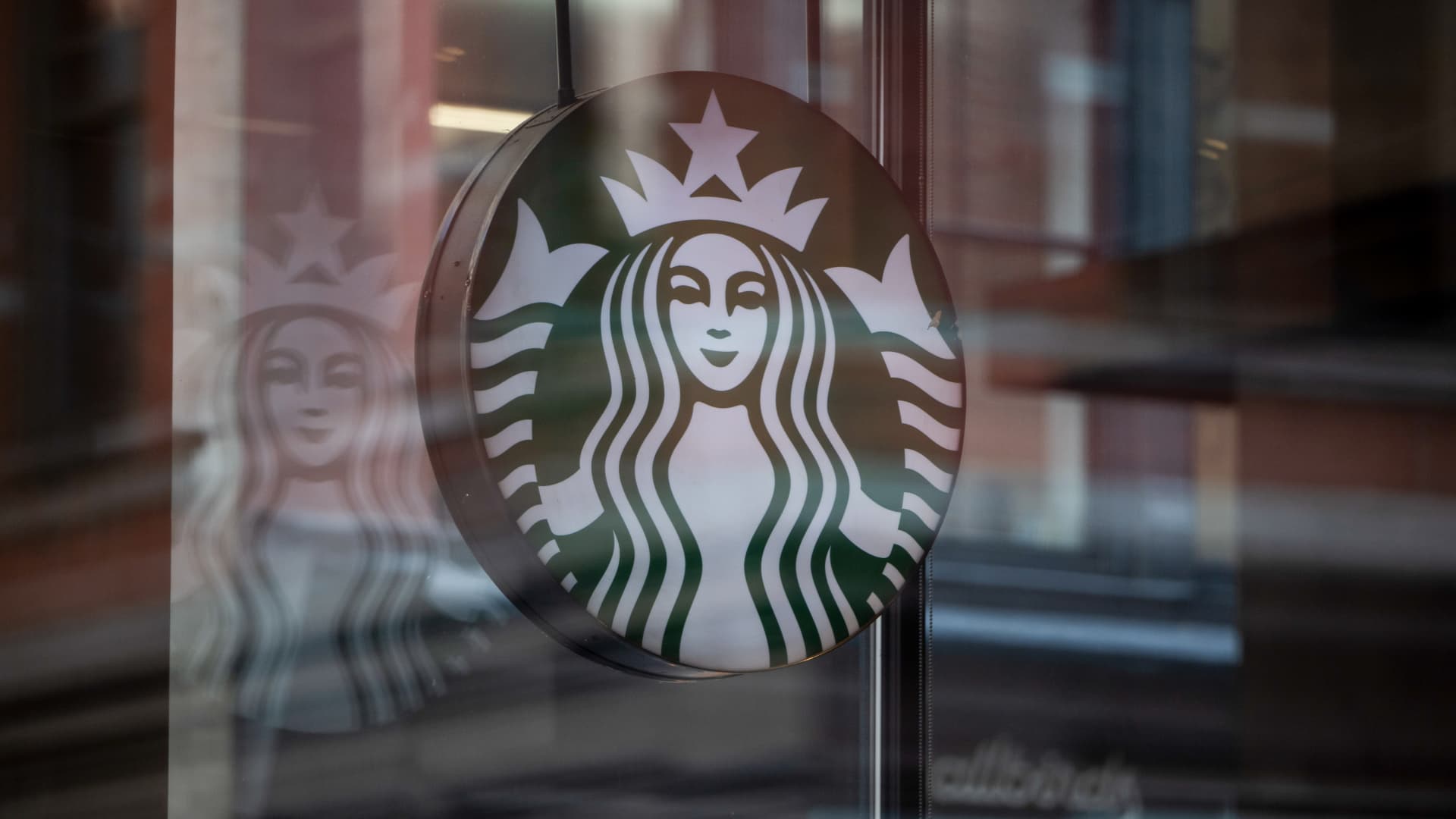The Enduring Allure of Starbucks: A Cramer-Inspired Analysis
Introduction: More Than Just a Cup of Coffee
Starbucks has transcended its role as a mere coffee purveyor to become a cultural icon. Its green logo is instantly recognizable, and its stores serve as social hubs in cities worldwide. Beyond the aroma of freshly brewed coffee, Starbucks represents a fascinating intersection of consumer behavior, market dynamics, and investment strategy. Jim Cramer, the charismatic host of CNBC’s “Mad Money,” has frequently championed Starbucks, making it a compelling subject for analysis. This report explores Cramer’s perspectives, the company’s current position, and the broader factors shaping its future, offering insights for investors and coffee enthusiasts alike.
The Cramer Endorsement: A Vote of Confidence
Jim Cramer’s endorsement of Starbucks is not a fleeting trend but a recurring theme in his market commentary. His bullish stance is rooted in a belief that Starbucks is a fundamentally strong investment, particularly during market downturns or periods of perceived undervaluation. Cramer has consistently advised buying Starbucks shares, especially after post-earnings declines, which he views as opportunities for investors. This confidence stems from his conviction in the company’s long-term growth potential and its ability to adapt to shifting consumer preferences.
Cramer’s endorsement is not merely emotional; it is backed by a strategic analysis of the company’s market position and resilience. He often highlights Starbucks’ ability to weather economic storms, citing its strong brand loyalty and global presence as key strengths. However, it is essential to recognize that even seasoned analysts like Cramer can be influenced by market sentiment and short-term fluctuations.
CEO Niccol and the Turnaround Narrative: A Bet on Leadership
A significant aspect of Cramer’s optimism about Starbucks is his faith in CEO Brian Niccol. Cramer has repeatedly praised Niccol as a “turnaround artist,” capable of navigating the company through challenging times. This confidence is not unfounded; Niccol’s track record, particularly his successful revitalization of Chipotle, lends credibility to his leadership.
Niccol’s tenure at Starbucks has been marked by strategic initiatives aimed at streamlining operations and enhancing the customer experience. Cramer has emphasized the importance of giving Niccol time to implement these changes, cautioning against knee-jerk reactions to short-term setbacks. However, it is crucial to acknowledge that turnarounds are complex and non-linear. Market reactions to Starbucks’ earnings reports have been mixed, with significant share price declines following some announcements. This underscores the inherent risks associated with betting on a turnaround strategy, even with a capable leader at the helm.
Challenges and Opportunities: Navigating a Complex Landscape
Starbucks operates in a dynamic and competitive environment, facing a myriad of challenges and opportunities. One notable challenge is adapting to evolving consumer preferences. The company’s decision to phase out mobile-order-only stores, citing a lack of “warmth,” highlights the delicate balance between operational efficiency and creating an inviting in-store experience. The emphasis on “warmth” suggests a strategic shift towards fostering emotional connections, ensuring that Starbucks remains a destination for more than just a quick coffee fix.
Despite these challenges, Starbucks has significant growth opportunities. Its global presence, particularly in China, remains a key driver of expansion. While Cramer has downplayed concerns about Starbucks’ performance in China, it is essential to recognize the complexities of operating in that market. Economic fluctuations, regulatory changes, and local competition all pose potential risks. However, Starbucks’ strong brand recognition and innovative product offerings can help mitigate these challenges.
Additionally, Starbucks has the potential to diversify its revenue streams. Partnerships with delivery services, the introduction of innovative beverages, and the expansion of its loyalty program can all contribute to long-term growth. The company’s ability to innovate and adapt will be crucial in maintaining its competitive edge.
Beyond the Coffee Cup: Financial Performance and Market Sentiment
A comprehensive analysis of Starbucks’ investment potential requires a deep dive into its financial performance. Key indicators such as revenue growth, profit margins, and cash flow provide objective insights into the company’s health. While Cramer often focuses on qualitative aspects like brand strength and management, a thorough evaluation must consider the numbers.
Market sentiment also plays a significant role in determining Starbucks’ stock price. Investor confidence, economic conditions, and broader market trends can all influence demand for the stock. Cramer’s commentary itself can impact market sentiment, highlighting the influence of prominent financial commentators. However, it is essential to approach such endorsements with a critical eye, recognizing that market dynamics are complex and unpredictable.
Original Insight: The “Cramer Bottom” Phenomenon
The repeated mentions of Cramer’s buy recommendations and his strong views on Starbucks raise an intriguing question: the potential for a “Cramer Bottom.” This concept, though not formally defined, suggests that when Cramer expresses particularly strong conviction about a stock, especially after a significant decline, it can signal a potential bottom or a point of maximum pessimism before a recovery.
However, this idea should be approached with caution. While Cramer’s insights can be valuable, relying solely on his recommendations without conducting independent research is risky. The market is inherently unpredictable, and even seasoned experts can be wrong. The mention of r/wallstreetbets joking about buying Starbucks because they hate Jim Cramer highlights the opposing view of Cramer’s opinion. This underscores the importance of independent analysis and critical thinking in investment decisions.
Conclusion: A Brew of Opportunity and Risk
Starbucks remains a compelling investment proposition, offering a blend of growth potential and inherent risks. Jim Cramer’s consistent endorsement underscores his belief in the company’s long-term potential, particularly under the leadership of CEO Brian Niccol. However, investors should not blindly follow Cramer’s advice. A thorough analysis of the company’s financial performance, competitive landscape, and global economic trends is essential before making any investment decisions.
The Real Taste Test: Informed Decision-Making
Ultimately, the decision to invest in Starbucks, or any other company, should be based on your own research, risk tolerance, and investment goals. Like a perfectly brewed cup of coffee, a well-informed investment strategy requires careful consideration, a blend of different factors, and a dash of independent judgment. By balancing Cramer’s insights with a critical analysis of the company’s fundamentals, investors can make more informed and strategic decisions.





